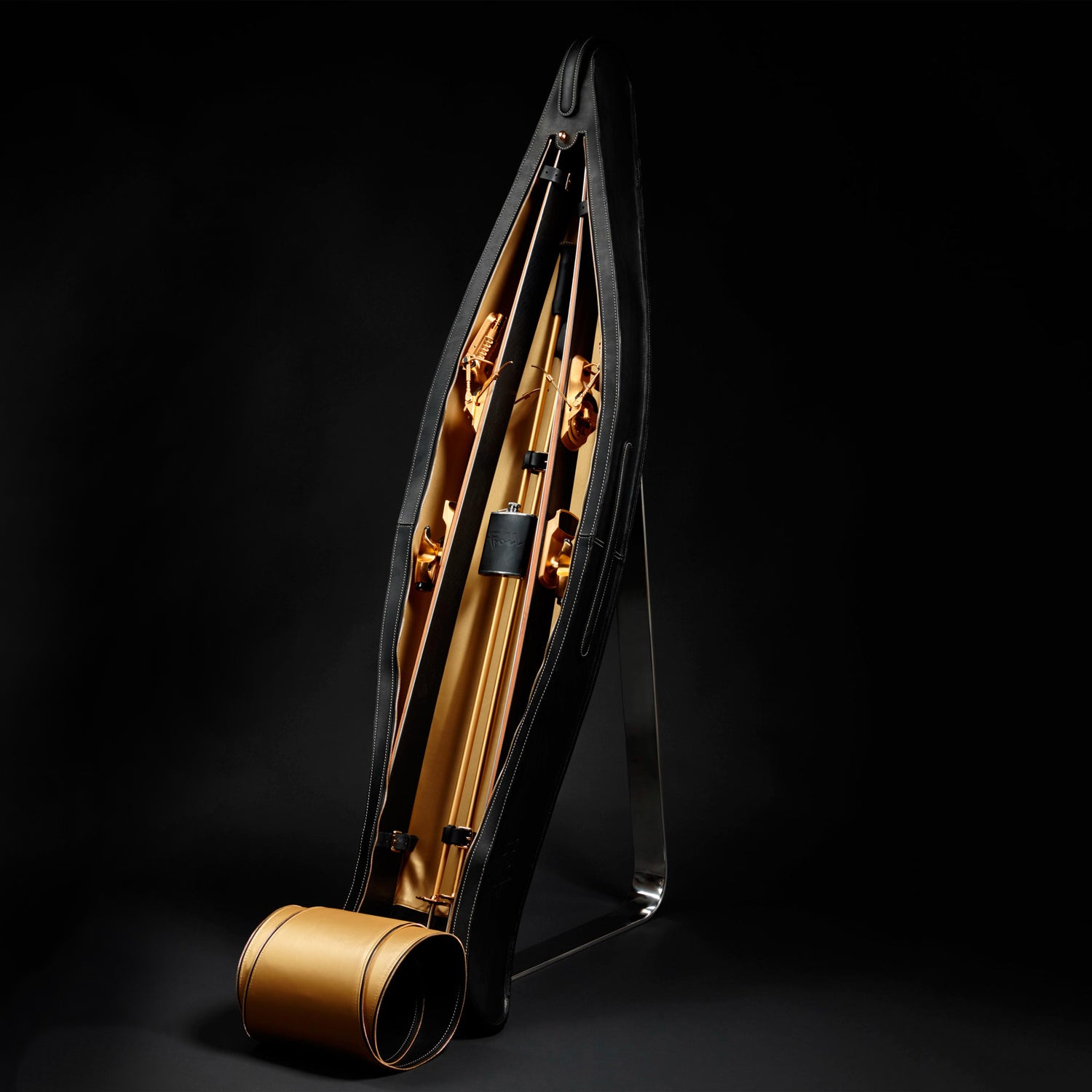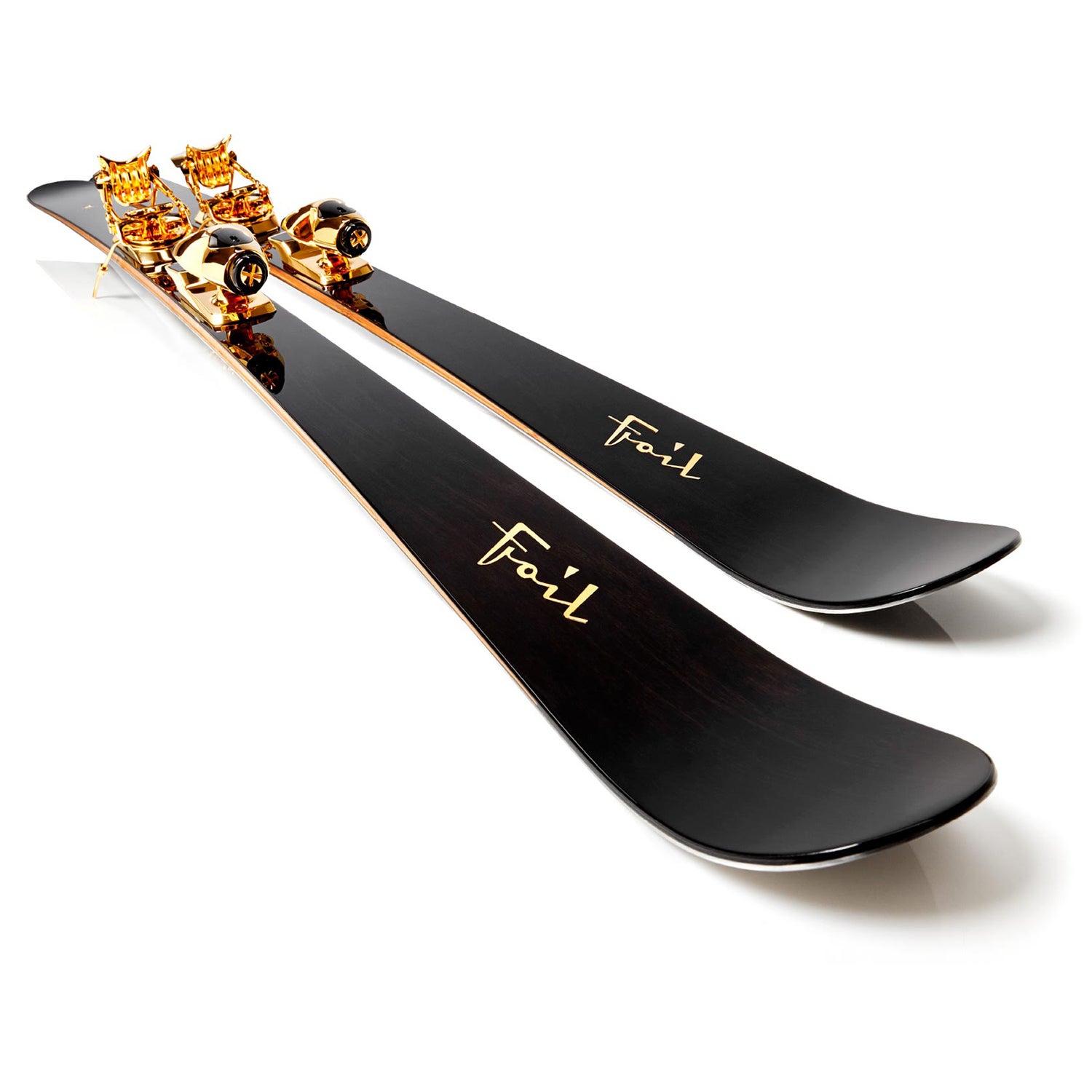I will admit that I balked a bit before shelling out $480 for my Volkl Aura all-mountain skis, and again before buying a lighter touring setup—Dynafit Radical TLT bindings ($400) and Dynastar Cham 87s ($600). In the end, of course, I was glad for the upgrades.
But every time I make a big gear purchase, I find myself asking some version of the same question: How much is too much to spend on better, lighter, more durable gear?
I asked myself that question again when I came across the , a pair of handcrafted Foil skis with a whopping $60,000 price tag. Foil is an Italian ski maker that specializes in rare, unusual, and often precious materials—think rosewood and purple heart top sheets, bamboo sidewalls, and metal-plated bindings. Its aim is “to create a ski of World Cup performance, in perfect balance with the body, in harmony with nature, and one that aesthetically celebrates the timeless beauty of skiing.”
Prices for its planks range from $20,000 to $60,000. The most expensive in the lineup, the limited-edition Oro Nero, features a top sheet of 8,000-year-old certified bog oak and bindings plated in 14-karat gold. The skis also come with gold-plated poles and a custom leather ski bag.

Foil joins a long list of other brands producing excessively expensive gear. In 2012, Kobold released its contentious Himalayan Edition watch ($16,500), with a chunk of rock from the summit of Mount Everest embedded in the face. Earlier this year, The North Face teamed up with Japanese designer Junya Watanabe to produce the ($2,870), an insulated parka with a built-in backpack.
I haven’t tested Foil skis before, so I can’t say whether their performance matches their price tag—though the company’s head designer is a former Austrian World Cup ski racer, so maybe it’s not just a fashion statement. Alas, it’s up to you to find out, as we won’t be buying a pair for review.


